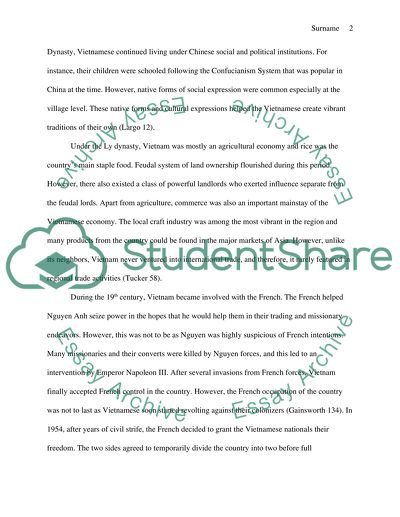Cite this document
(“Vietnam Term Paper Example | Topics and Well Written Essays - 1500 words”, n.d.)
Retrieved from https://studentshare.org/other/1425072-vietnam
Retrieved from https://studentshare.org/other/1425072-vietnam
(Vietnam Term Paper Example | Topics and Well Written Essays - 1500 Words)
https://studentshare.org/other/1425072-vietnam.
https://studentshare.org/other/1425072-vietnam.
“Vietnam Term Paper Example | Topics and Well Written Essays - 1500 Words”, n.d. https://studentshare.org/other/1425072-vietnam.


